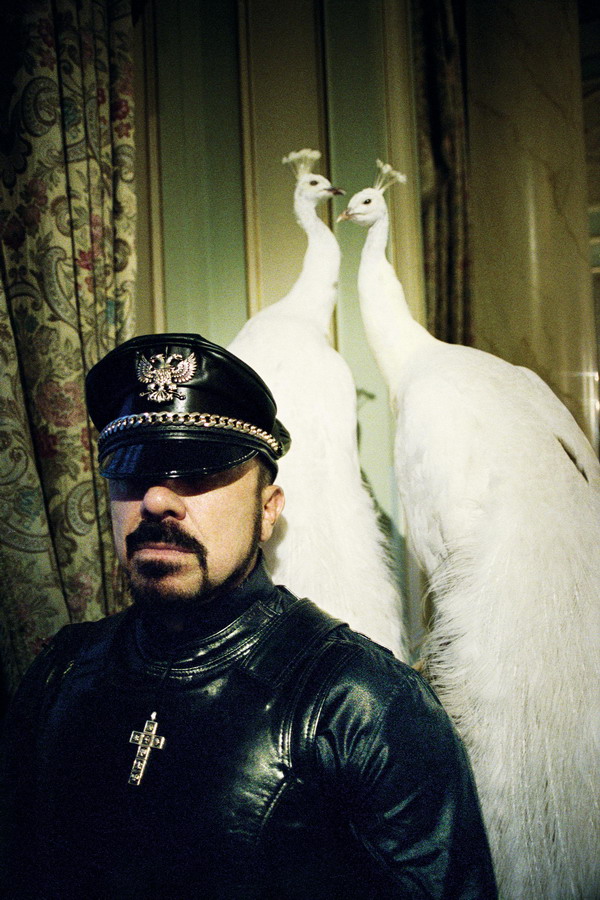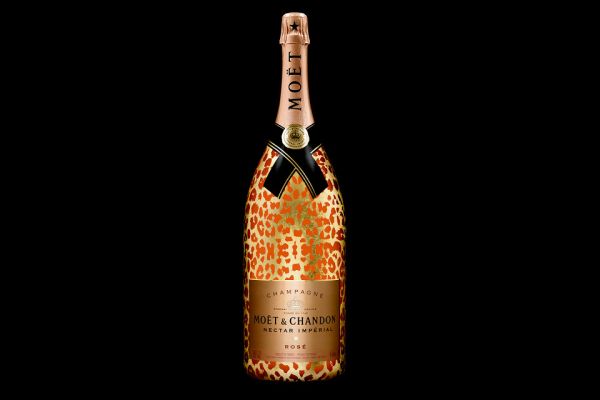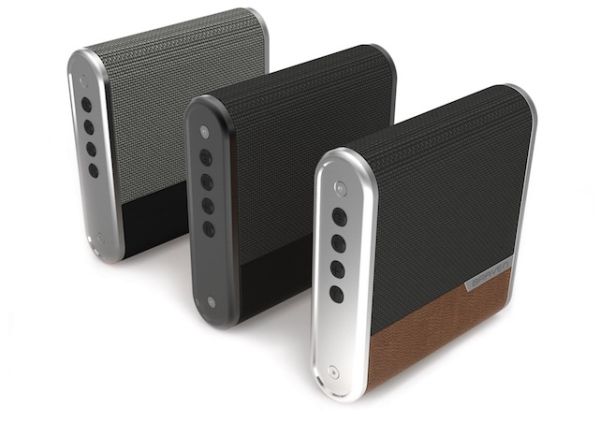Peter Marino is no ordinary architect designing luxury stores because he can. For this architect, luxury is everything. He currently rules the roost in the luxury architecture scenario, and luxury brands cannot get enough. His designs exude elegance in every sense of the term. Yet, the prevailing image of Peter Marino the man is one of a true blue biker dude, one who loves leather and who is frequently spotted wearing a black leather cop’s cap. He may be 62 years old, but his Mohawk, goatee and biker threads are sure to throw you off. It is hard to imagine that this is the man behind some of the most iconic luxury stores in the business.
Can biker dudes be elegant? Apparently, they can, if Peter Marino’s case is anything to go by. The man’s gimmicky exterior belies his talent for designing high-end spaces. A Peter Marino space is inevitably luxurious and refined. If you are expecting to spot the leather-donning biker in the architect’s designs, you may be disappointed. But you should see plenty of leather, and a host of beautiful and expensive materials. Unlike many other architects in the business, Marino does not first design a space and then start scouting for materials; he starts by honing in on the materials he would like to use and then creates a design based on the raw materials of his choice.

A Favorite Among Luxury Brands
His approach has won him plenty of admirers, and even competing luxury brands seek Marino out so that he can work his architectural magic on their luxury stores. Louis Vuitton, Chanel, Christian Dior, Fendi and Celine are among his numerous high-end clients. Yet, a walk through each of these stores is a unique experience. Marino leaves himself and his own interests behind when taking on a luxury brand. He focuses completely on the brand itself. The end result is a store that customers love. And if the customers are happy, the brands are ecstatic.
Marino has done really well for himself in recent years. The last year has been especially profitable for the luxury industry, and this has resulted in good business for Marino. It helps, of course, that stores designed by Marino ensure that buyers keep wanting to repeat their luxury shopping experience. Things continue to look up for Marino, for the luxury industry is poised to grow further in the near future – this, despite the dire economic scenario around the world. Consulting firm Bain and Company revealed in May 2012, that the luxury industry is expected to grow by 6 to 7 percent by the end of the year.
Why do luxury brands love Marino? As mentioned above, it is because he puts all his efforts into celebrating the brand in question. But there are some design features that set Marino a class apart from everyone else.
Peter Marino’s Luxury Stores
Walk down 57th Street near Fifth Avenue and you will spot several luxury stores designed by Peter Marino. Each of these are different in their own right, but they share that same Peter Marino sophistication and style. Natural light streams in generously into these stores. Perhaps, this has a lot to do with Marino’s being rather claustrophobic. He has even admitted to being unable to take a shower because of his fear of being in closed spaces. So give him any space and he will open it up completely.
The little details – the doors, drawers, elevator buttons – are taken care of beautifully. They are functional parts of the Marino landscape, but never intrude upon the customer’s shopping experience. The trial rooms are tucked away on a separate floor that exudes a lovely homey feel, so that the customers feels right at home while trying on potential buys.
Another thing that Marino does is to place the most expensive products at the front of the store. For this architect, luxury is everything, and this extends to placement of products within the store. High-margin products show up at the front, so that customers cannot miss those as they enter the store. The shopping experience is calm, peaceful, efficient and enjoyable.
Marino’s Other High-Flying Clients
Marino’s star was on the ascent in the seventies, especially after he met Andy Warhol and designed the artist’s house on East 66th Street, and later, The Factory, which was Warhol’s studio in New York City. Slowly, work started trickling in from the likes of Yves St. Laurent, Pierre Berge and the Pressmans. The latter hired Marino to add high-style to their bar mitzvah suit company, Barneys. At a time when other architects would not touch “dress shops”, Marino was already beginning to turn this into a respectable occupation.
Marino worked his magic with Barneys and the work started pouring in. He began networking heavily with the likes of Giorgio Armani and Carla Fendi, attending their and others’ fashion shows, marveling at the operatic tenor of the same. His hard work would soon pay off, leading to projects with not only Armani and Fendi, but also with the likes of Calvin Klein and Donna Karan.
Today, his clients extend to such affluent folk as Bernard Arnault, English jeweler Lawrence Graff and members of a royal family from the Middle East. He has inked a project with the Shinsegae corporation, which is expected to translate into commercial and residential projects. Marino is no longer a single designer working alone. His firm employs 150 people. In 2011, Peter Marino completed 100 projects. Only ten of these had budgets below $10 million, and those too, were above the $5 million mark.
Top Architect Who Is A Family Man
The 1971 graduate from Cornell’s College of Architecture, Art, and Planning may be one of the leaders in the arena of luxury landscape – one that wears biker duds everywhere – but he remains a quintessential family man. Despite the years, he is still very much in love with his wife, who is a Ph.D. in political science from Stanford, no less. The couple’s 30th anniversary comes up next year, and the opera-loving couple will be doing a production of “Orfeo ed Euridice” for 100 guests on the occasion.
Another example of Marino’s dedication to his family is that he embraced his biker avatar only after his daughter grew out of her teens. Peter Marino may be designing the biggest luxury stores around the world, but he has his priorities right.
Via: NY Mag




